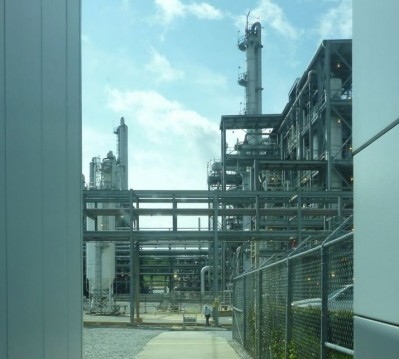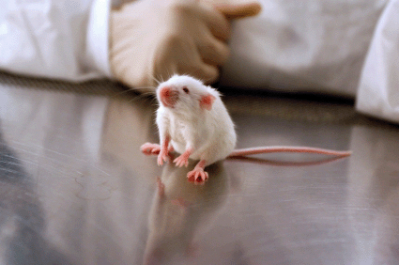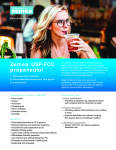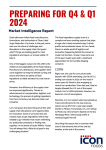Tate & Lyle defends sucralose safety after researchers claim the sweetener is “not biologically inert"
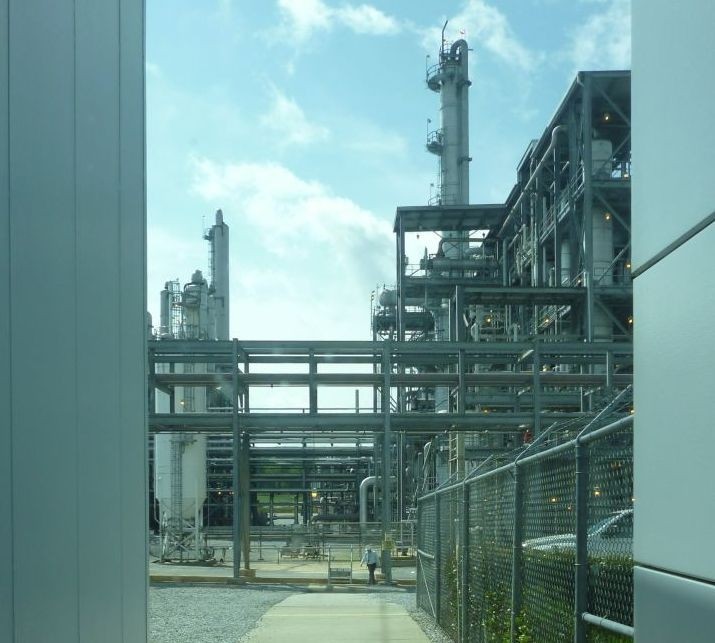
A zero-calorie sweetener around 600 times sweeter than sugar, sucralose was approved in the US in the late 1990s, and is used in everything from soft drinks to ice cream and tabletop sweeteners. Unlike aspartame, it does not break down at high temperatures and works well in baked goods.
Along with several other high intensity sweeteners, sucralose has also been in and out of the headlines for years, most recently in June when the Center for Science in the Public Interest (CSPI) removed it from the ‘safe’ category in its guide to food additives on the back of unpublished research from a scientist sucralose market leader Tate & Lyle claimed had been widely discredited (click here).
Dr Schiffman: The pharmacokinetics and safety of sucralose and its metabolites need to be revisited
In a new review, Sucralose, A Synthetic Organochlorine Sweetener: Overview Of Biological Issues published in the Journal of Toxicology and Environmental Health, authors Susan S. Schiffman, PhD (formerly of the dept of Psychiatry at Duke University Medical Center, NC), and Kristina I. Rother, MD, MHSc (who heads up the section on Pediatric Diabetes & Metabolism at the National Institutes of Health) argue that "the pharmacokinetics and safety of sucralose and its metabolites need to be revisited to determine how sucralose is handled by the body".
Human and rodent studies have demonstrated that sucralose may alter glucose, insulin, and glucagon-like peptide 1 (GLP-1) levels; while in rats, sucralose negatively alters the balance of good and bad bacteria in the gut, claim the authors.
Meanwhile, “some of the ingested sweetener is metabolized in the GI tract”, they allege, while cooking with sucralose at high temperatures “was reported to generate chloropropanols, a potentially toxic class of compounds”.
A careful reassessment is needed
Speaking to FoodNavigtor-USA on Friday, Dr Schiffman added: "This new review paper... summarizes hundreds of archival, peer-reviewed scientific journal publications that indicate sucralose is a biologically active compound that can modify: 1) hormone secretion, 2) the detoxification system involved in first-pass drug metabolism, 3) the viability of beneficial bacteria in the intestine, and 4) numerous other physiological processes.
"The approval of sucralose by global health authorities was predicated on the presumed reliability of information provided to them by the manufacturers who claimed, for example, that sucralose is not metabolized in the gut. This claim is not supported by Tate & Lyle’s own data that shows multiple peaks (and hence multiple metabolites) in fecal extracts.
"Overall, sucralose possesses numerous characteristics in common with organochlorine drugs and pesticides as detailed by hundreds of peer-reviewed scientific publications over the last several decades."
Tate & Lyle: The paper is essentially a repetition of old assertions
However, Tate & Lyle - which has always claimed that sucralose is “remarkably inert”, and that of the small amount that is absorbed, “most leaves the body unchanged in the urine within 24 hours” - told FoodNavigator-USA that the paper was based on old, discredited data, and did not present any new science.
In a statement, the London-based firm said Dr Schiffman's paper “does a disservice to people who use sucralose as a safe and effective tool in managing their weight or their diabetes” and noted that “sucralose has been used safely by millions of people around the world for 20+ years.”
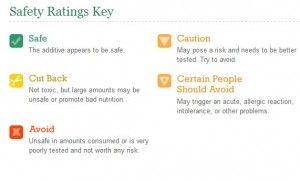
Conclusions of 2008 rat study were 'not credible', says Tate & Lyle
It added: “The paper is essentially a repetition of old assertions, which Schiffman has made before, based largely on a [rat] study from 2008 [Abou-Donia et al, click here]. The conclusions of this study were later found to be not credible by health and safety experts.”
The 2008 study (co-written by Schiffman), was challenged in a 2009 paper [click here] in Regulatory Toxicology and Pharmacology that reported the findings of an expert panel convened by consultant David Brusick, which said Abou-Donia and Schiffman’s conclusions were “not consistent with published literature and not supported by the data presented".
But Abou-Donia and Schiffman have stuck by their 2008 paper, and in 2012 penned a letter to the journal calling for new studies “to determine the full impact of sucralose on drug bioavailability and to evaluate the biological effects of chronic sucralose usage”.
Brusick, and V. Lee Grotz responded by observing that Schiffman and Abou-Donia had offered “no information of substantive value in addressing the comments and conclusions” of the expert panel convened by Brusick.
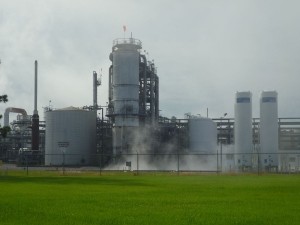
While Dr Schiffman’s 2008 research was part-funded by the Sugar Association, Brusick and Grotz both had links to Splenda marketer McNeil Nutritionals, she noted.
More than a 100 studies affirm sucralose is safe, says Tate & Lyle
The "take home" message for consumers, however, said Tate & Lyle on Friday, is that the FDA has reviewed more than 100 studies on sucralose and concluded it is safe.
Other bodies that have confirmed the safety of sucralose include the European Union Scientific Committee on Food (SCF), the Food Standards Australia/New Zealand (FSANZ), the Health Protection Branch of Health and Welfare Canada, the Food and Agriculture Organization/World Health Organization Joint Expert Committee on Food Additives (JECFA), and Japan’s Ministry of Health and Welfare, said the company.
“Additionally, in 2012, international experts in food safety, health and nutrition held a conference in Italy to reassess the safety of no and low calorie sweeteners, including sucralose. They endorsed previous regulatory conclusions that all approved low and no calorie sweeteners ‘are perfectly safe’ (click here).”
Meanwhile, the American Diabetes Association and the Academy of Nutrition and Dietetics both support the use of sucralose as a useful tool in managing weight and diabetes, it added.
What is sucralose?
Sucralose is manufactured via a multi-step process that selectively replaces three hydrogen-oxygen groups on the sugar molecule with three chlorine atoms, and is classed as an artificial sweetener.
